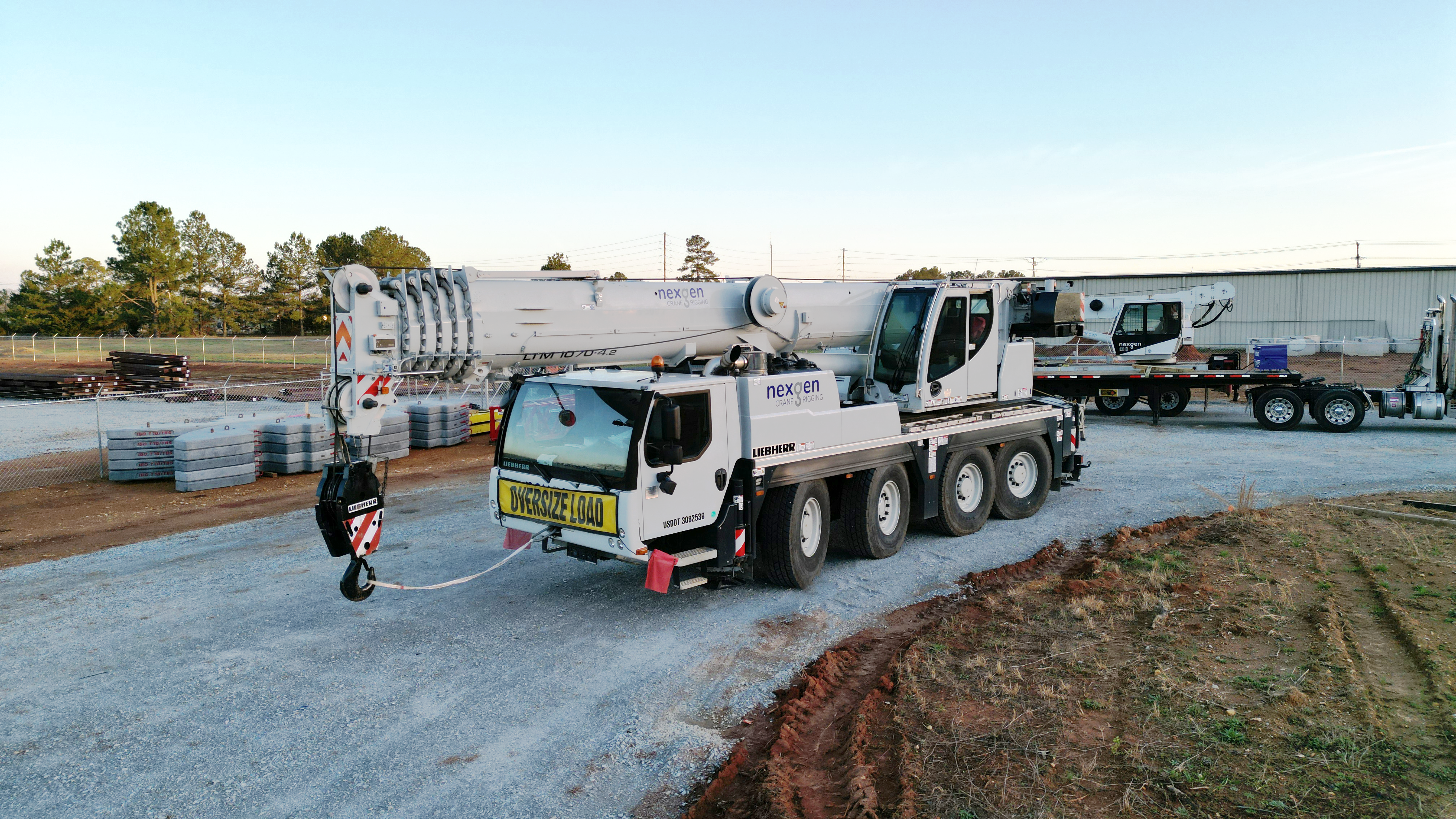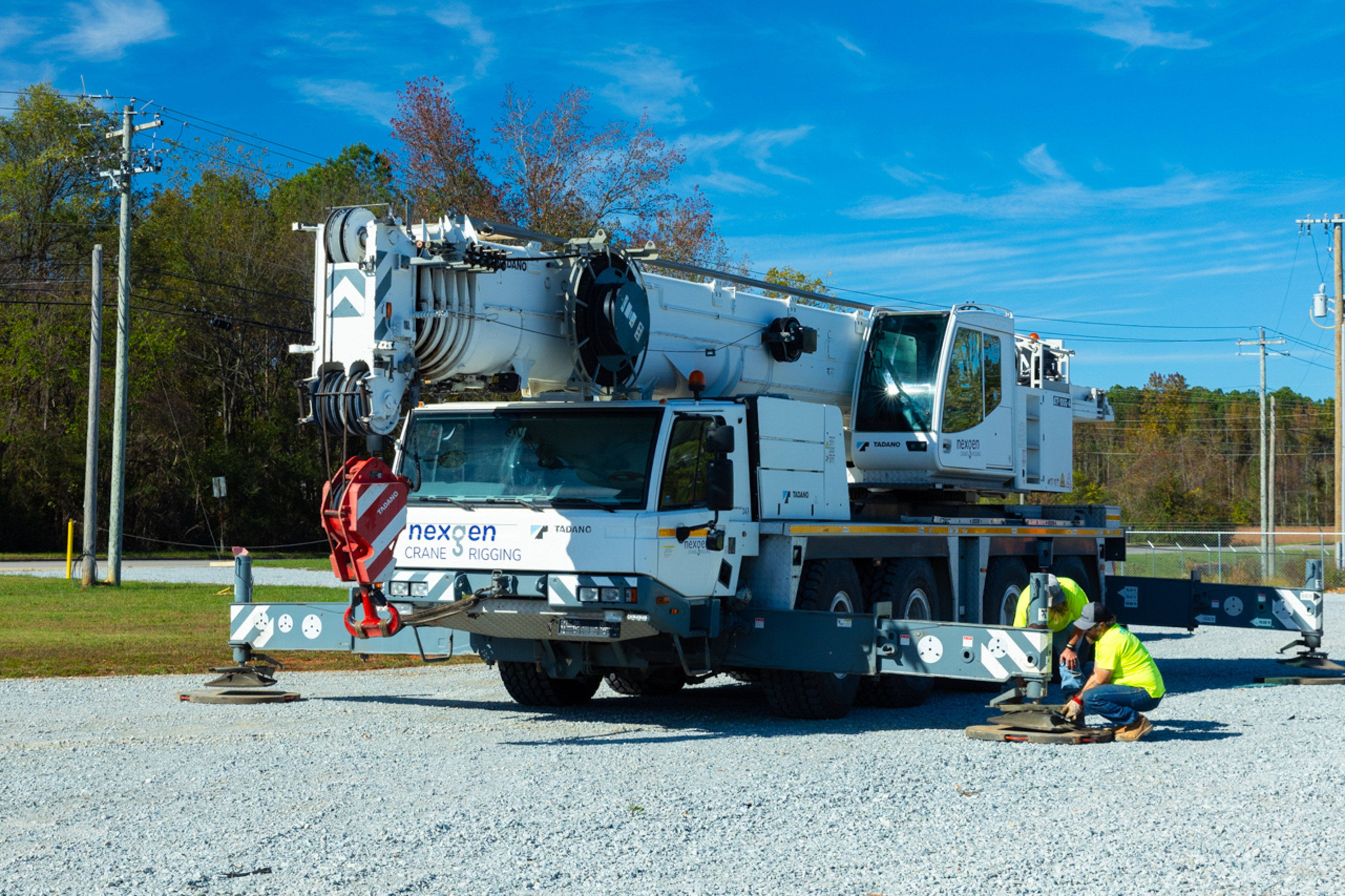Tower cranes are the backbone of construction, using their long jibs and mighty lifting power to build the towering structures that define city skylines. Tower cranes lift, move, and precisely position heavy materials and equipment to various heights, facilitating the assembly of buildings and other large structures. Without these indispensable cranes, today’s tall office towers, expansive stadiums, and many iconic buildings simply could not exist.
But before tower cranes can start handling heavy lifting on the job site, they must first be erected themselves. While the process of setting up these cranes is straightforward in theory, their immense size adds complexity. Safely erecting tower cranes requires extensive planning, qualified personnel, quality equipment, and strict protocols. This comprehensive guide will walk through the end-to-end process of assembling and erecting tower cranes.
Overview of Tower Cranes
Before we dive into the nitty-gritty of erecting tower cranes, let’s take a quick look at its components:
Base: The base is the crane’s stable foundation, secured to the ground or a support structure during erection.
Mast: The mast is the vertical framework that supports the jib, operator cab, and counterweights, with mast sections assembled to achieve the desired crane height during erection.
Jib: The jib is the horizontal arm extending from the mast to support and position loads.
Operator Cab: The operator cab is where the crane operator controls crane operations, typically located on the mast or an attached platform.
Counterweights: Counterweights are heavy weights attached to the crane, added and adjusted during crane erection to balance loads and prevent tipping.
Slewing Unit: The slewing unit, installed on top of the mast during crane erection, enables the crane to rotate horizontally, allowing changes in direction without moving the base.

Assembling Tower Cranes
Now that we’ve got our parts list, let’s begin erecting tower cranes step-by-step.
Step 1: Preparing the Area
The site needs proper preparation before the tower crane erection can begin. The area must be cleared and leveled, paying close attention to ground conditions. Concrete pads may need to be poured to create a sturdy foundation for the tower crane’s base. Anchor bolts are installed in the concrete, securing the crane structure. Proper site prep is key to keeping these sky-high cranes steady and safe.
Step 2: Assembling the Base
With the foundation in place, the real assembly begins! The initial tower crane pieces are connected and bolted together, mast section by mast section, while still lying on the ground. Supporting A-frames and struts are attached to provide stability to the structure. The all-important slewing unit is affixed, enabling the crane to rotate 360 degrees.
Step 3: Raising the Tower
Now, the fun part – hoisting the tower crane into place! A large mobile crane is used to methodically lift each tower crane section and bolt it into its vertical position. Sections are securely fastened together while carefully following proper assembly procedures. Once fully erected, the operator’s cab, counterweights, and jib arm are added to complete the crane’s structure.
Step 4: Electrical and Control Setup
Of course, what good are tower cranes without power? Electrical and control systems must be set up for safe functionality. The crane is wired with electricity, and the control panel is installed. Safety mechanisms and operational limits are programmed to restrict uncontrolled movements. Proper electrical setup prevents hazardous situations down the line.
Step 5: Inspection and Commissioning
Before turning it loose on a job site, the tower crane must pass a thorough inspection and commissioning. An expert examines the full structure and certifies its roadworthiness with a test load. Only once fully vetted for safety and performance can the crane start lifting real materials and workers!
Post-Assembly: Tower Crane Operation and Maintenance
With your tower crane safely erected and fully operational, it’s time to get to work! Regular maintenance and inspections are vital for keeping tower cranes running smoothly. Remember to grease those gears!
Additionally, monitoring environmental conditions such as wind speed and temperature is crucial, as extreme weather can impact tower crane operation. Keeping a close eye on these factors will help ensure your crane’s safe and efficient operation.

Trusted Tower Crane Services: Your Partners in Building Success
Erecting tower cranes demands precise coordination and safety precautions. At NexGen Crane and Rigging, we offer expert crane services for construction projects, ensuring safe and efficient crane operation from start to finish.
Contact us today to discuss how we can support your upcoming construction needs with our diverse crane fleet and dedication to customer satisfaction. The sky is the limit when you have NexGen Crane and Rigging by your side!

